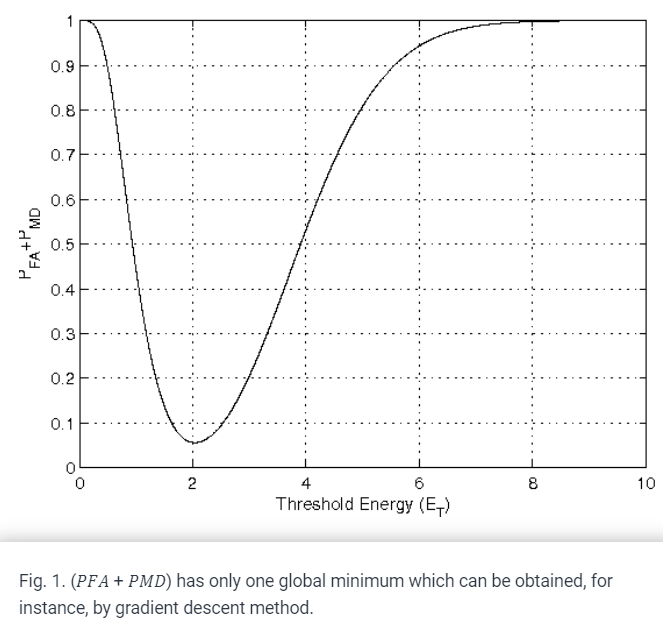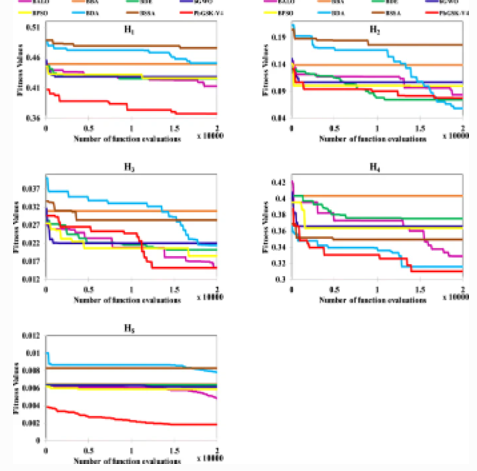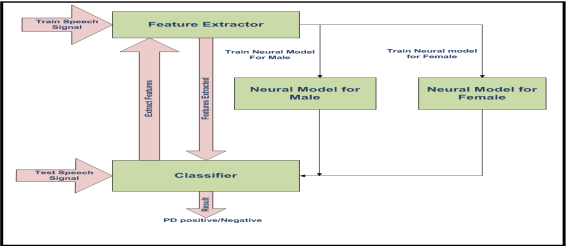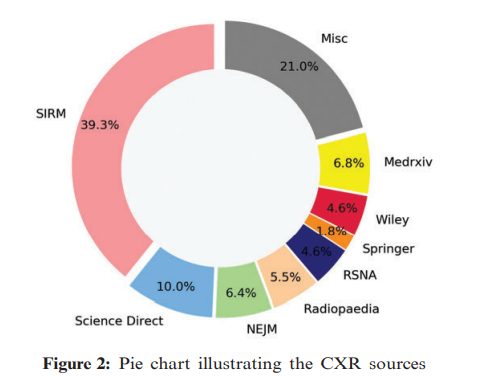
Optimization of channel sensing time and order for cognitive radios
In this paper we consider a single cognitive radio seeking a transmission opportunity by sequentially sensing a number of statistically independent primary channels. We study the joint optimization of the time spent to sense a channel, the decision threshold to determine whether the channel is free or busy, together with the order with which the channels are sensed. The sensing time and decision threshold are assumed to be the same for all channels. The design objective is to maximize the expected secondary throughput taking sensing errors into account and penalizing for collisions that may disrupt the primary transmission. Motivated by the computational complexity of the problem, we propose suboptimal solutions that significantly reduce the complexity without sacrificing accuracy. Our results reveal a fundamental trade-off between minimizing the probability of collision with the primary user via reducing the sensing errors, which favors a longer sensing time, and increasing the secondary user's throughput, which favors shorter sensing time. The suboptimal approach, for plausible simulation scenarios, is found to reduce the computational complexity by more than 89%, while maintaining a near-optimal throughput within 0.28% of the optimal performance.1 © 2011 IEEE.



